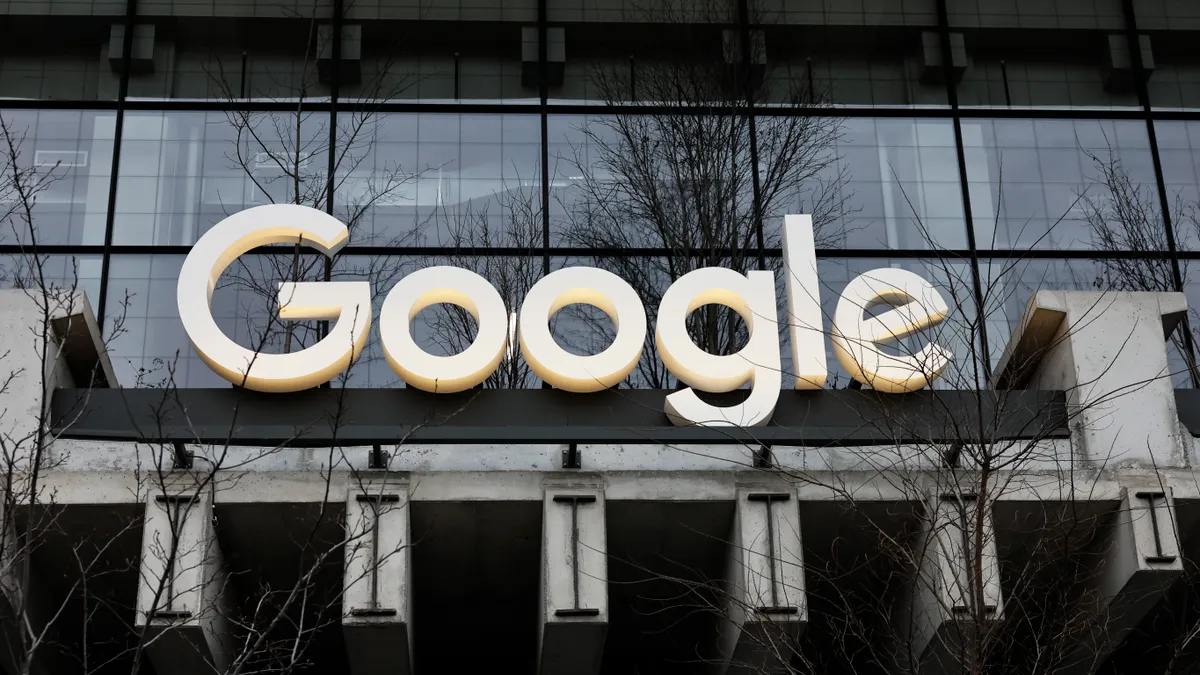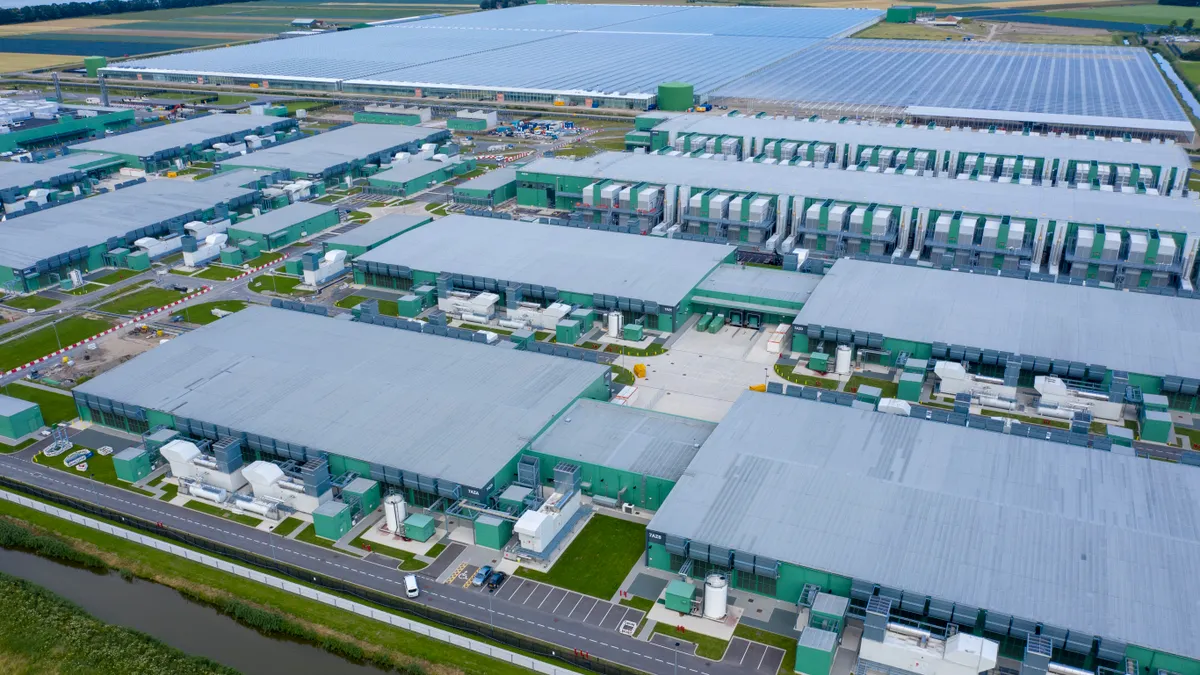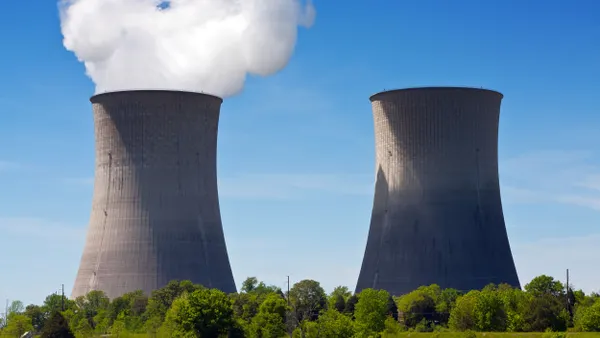Dive Brief:
- Google announced separate deals last week to find sites for advanced nuclear energy projects and to eliminate thousands of tons of superpollutants, like methane and nitrous oxide, from the atmosphere.
- The global tech and search engine giant signed a deal with independent power producer Elementl Power to “pre-position” three sites for advanced nuclear energy projects, announced May 7. To help manage global superpollutants, Google partnered with California and Indonesia-based company Recoolit and nonprofit Cool Effect, Google Carbon Credits and Removals Lead Randy Spock said in a LinkedIn post May 8.
- The deals are meant to support Google’s goal of reaching net-zero emissions by 2030, which it hopes to achieve, in part, by running all of its global operations on 24/7 carbon-free power by decade’s end.
Dive Insight:
Google’s attempts to increase its availability of carbon-free power generation, while reducing greenhouse gas emissions, comes after the company reported a 13% year-over-year rise in emissions from 2022 to 2023. The tech company attributed the emissions increase to increased artificial intelligence adoption, along with a changed approach to carbon offsetting.
The deal with Elementl will help Google “move at the speed required to meet this moment of AI and American innovation,” according to its global head of data center energy, Amanda Peterson Corio.
“Google is committed to catalyzing projects that strengthen the power grids where we operate, and advanced nuclear technology provides reliable, baseload, 24/7 energy,” Peterson Corio said in the May 7 release.
Google’s deal with Elementl will provide the “technology agnostic” advanced nuclear power developer with the funding to advance the early stage development of three projects, according to the release. Each of the projects is expected to generate at least 600 megawatts of energy, and Google will retain an option for commercial power offtakes once they are complete.
Google is among a growing list of tech companies looking towards nuclear energy to help power data centers for AI. Last year, Microsoft and Meta both announced either nuclear power purchase agreements or proposal requests for new nuclear power generation. Google also joined Amazon, Meta and other “large energy users” who signed a pledge to help triple global nuclear energy capacity by 2050 at S&P Global’s CERAWeek conference in March.
The deals with Recoolit and Cool Effect will provide funding for the removal of 25,000 tons of superpollutants by 2030, according to Google’s carbon credits and removals lead. Superpollutants are greenhouse gases that warm the atmosphere more than carbon dioxide on a per-ton basis. The GHG emissions expected to be avoided by the deal, if not eliminated, would be similar to the warming impact of 3 million tons of carbon dioxide over 20 years and 1 million tons over 100 years, Spock said.
“Destroying these pollutants is one of the most powerful levers available today to slow down climate change in the near term,” Google’s carbon credits and removal lead said. “Like our carbon removal purchases, we’ll hold these projects to high standards of certainty and additionality — and we’ll be transparent about the duration of their impact on the atmosphere.”
Spock said it will measure the impacts of the avoidance by matching any carbon credits created from the purchases against “shorter-lived emissions” in its own emissions footprint or replacing them with “longer-lived carbon credits as their atmospheric impact expires.”
Recoolit helps remove the greenhouse gases by partnering with Indonesia-based heating, ventilation and air conditioning companies to capture fluorinated gases from residential and commercial cooling systems before they are released into the atmosphere. The gases are trapped in reusable canisters, before being processed and permanently destroyed, according to the company’s website. Spock said Google’s partnership will allow Recoolit to scale their operations “by 10x” and support expansion into other countries.
Cool Effect works with landfills to connect them with financial support to collect and destroy methane from organic materials, and Google's support will help one of Cool Effect’s partners to install methane destruction equipment at a landfill in Brazil, according to Spock.
Google had previously touted carbon neutrality from 2007-2022, by utilizing carbon credits to offset any of its residual emissions. However, the company shifted from that approach in 2023 to working to scale carbon removal solutions and reported contracting over $100 million in carbon removal credits in 2024.











